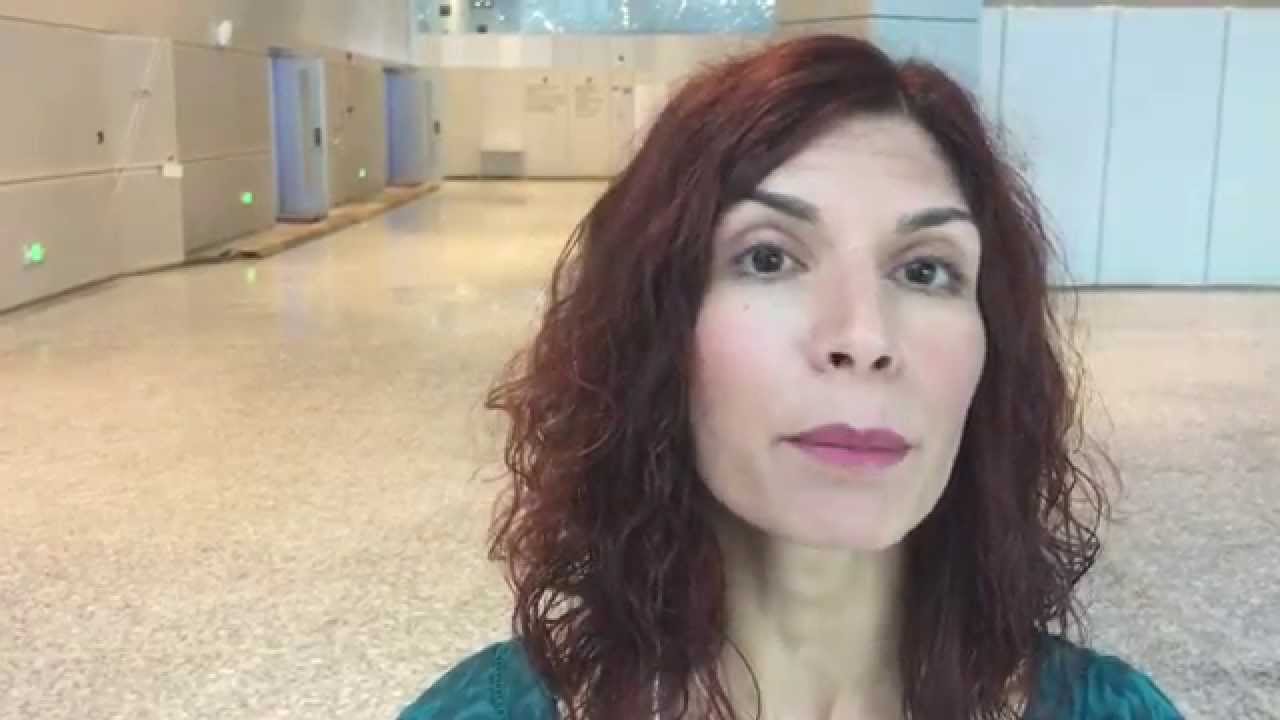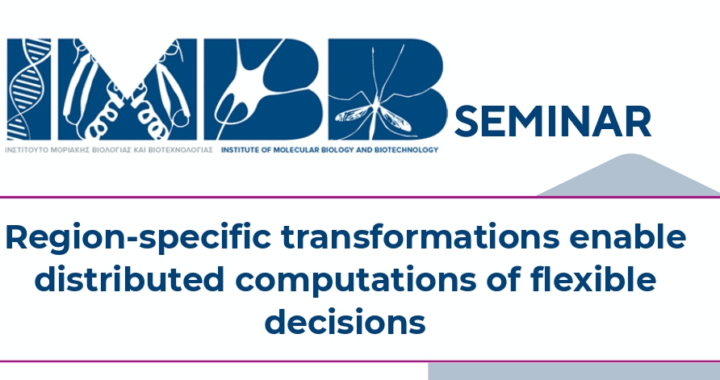Dr. Poirazi participated at the Annual Meeting of the New Champions 2015, which took place in Dalian, China. In this video she talks about the forthcoming wave of new revolutionary technologies that will allow neuroscientists to track and manipulate the activity of neurons in the human brain, in non-invasive ways. Ultimately, this will enable the development of novel and highly effective therapeutic approaches that can overcome the hurdles of various neurological diseases (related to anxiety, depression, memory deficits, etc).
At AMNC 2014, you argued that memory associations are a cost-effective strategy of optimizing memory capacity and use of the brain’s resources: what’s happened since then?
Forming associations between memories – also known as linking – leads to better learning and better recall. What remains a mystery is why this process actually works. Last year, I argued that it was both optimal and cost-effective for our brain to link pieces of information together in order to establish longer-lasting and easy-to-recall memories. Since then, this close relationship between memory linking and storage capacity has been established in neuron models, while experiments in animals have shown that both real and perceived memories can be d togethlinkeer and, more importantly, changed from “positive” to “negative” and vice versa.
How would understanding memory associations improve the state of the world?
By understanding the mechanisms of memory association, we can make learning easier and use the same principles to build smarter, more energy-efficient robots. Children with learning disabilities and people with memory problems can benefit from training materials that capitalize on the brain’s innate ability to link pieces of information appearing in close temporal or spatial proximity. It’s a memory aid that can save people a lot of time and energy.
Implanting false memories sounds and lot like Inception. Should we be scared?
We should indeed. The implantation of false memories is what Christopher Nolan’s movie was describing. But thankfully we’re far from such a possibility. To do so with current technologies, one must be able to optogenetically control specific neurons in the brain through the expression and activation of light-sensitive proteins. The expression of such proteins in neural cells is currently achieved via the insertion of specific viruses in the brain, a procedure currently considered too risky for applications in humans. So although it’s technically feasible, I don’t expect to hear of false memories being implanted in humans in clinics in the near future. Even if memory implantation was possible, one should always consider whether the benefits outweigh the risks. Implantation of “happy memories”, or the reversal of negative memories in patients with post-traumatic stress disorder, for example, could offer relief. But like all powerful treatments of brain disorders, starting with electric-shock therapy, positive outcomes are not guaranteed.
What other areas of neuroscience are particularly exciting right now?
I find it fascinating that imaging technologies, coupled with optogenetics, allow us to track and manipulate the activity of large numbers of neurons. I think the next frontier is to use such technologies in the development of smart brain implants that can improve the quality of life for many individuals. These implants could be mini-scopes capable of imaging the activity of specific neural networks in a non-invasive manner (through window holes or thinning of the scalp, for instance) coupled to devices that translate this activity into commands – i.e. for a specific movement. Such an implant would be useful for people with paralysis or artificial limbs, as they would allow people to control body parts using only their imagination. The main innovation would be a non-invasive imaging device, as opposed to the deep-brain stimulation electrodes that are currently in use and cause problems such as local injuries and inflammation. Such mini-scopes have recently been developed for use in animals. The next step would be to control neural activity, also in a non-invasive manner. This is a riskier procedure because it involves the insertion of viruses in the brain. But these obstacles could be overcome in the future. Non-invasive imaging devices coupled with optogenetics can essentially be used both to manipulate and read-out neural activity from any part of the brain, thus enabling retraining of the brain. This would be a major help for people suffering from stroke, brain tumours, movement disorders, memory loss or other diseases that impair neural activity.
What do you hope to achieve from your participation at AMNC?
I’d like to meet and connect with other Young Scientists and Forum communities, explore the potential for collaboration with industries interested in brain modelling, discuss issues of key importance for neuroscience research, and suggest solutions to policy-makers.




